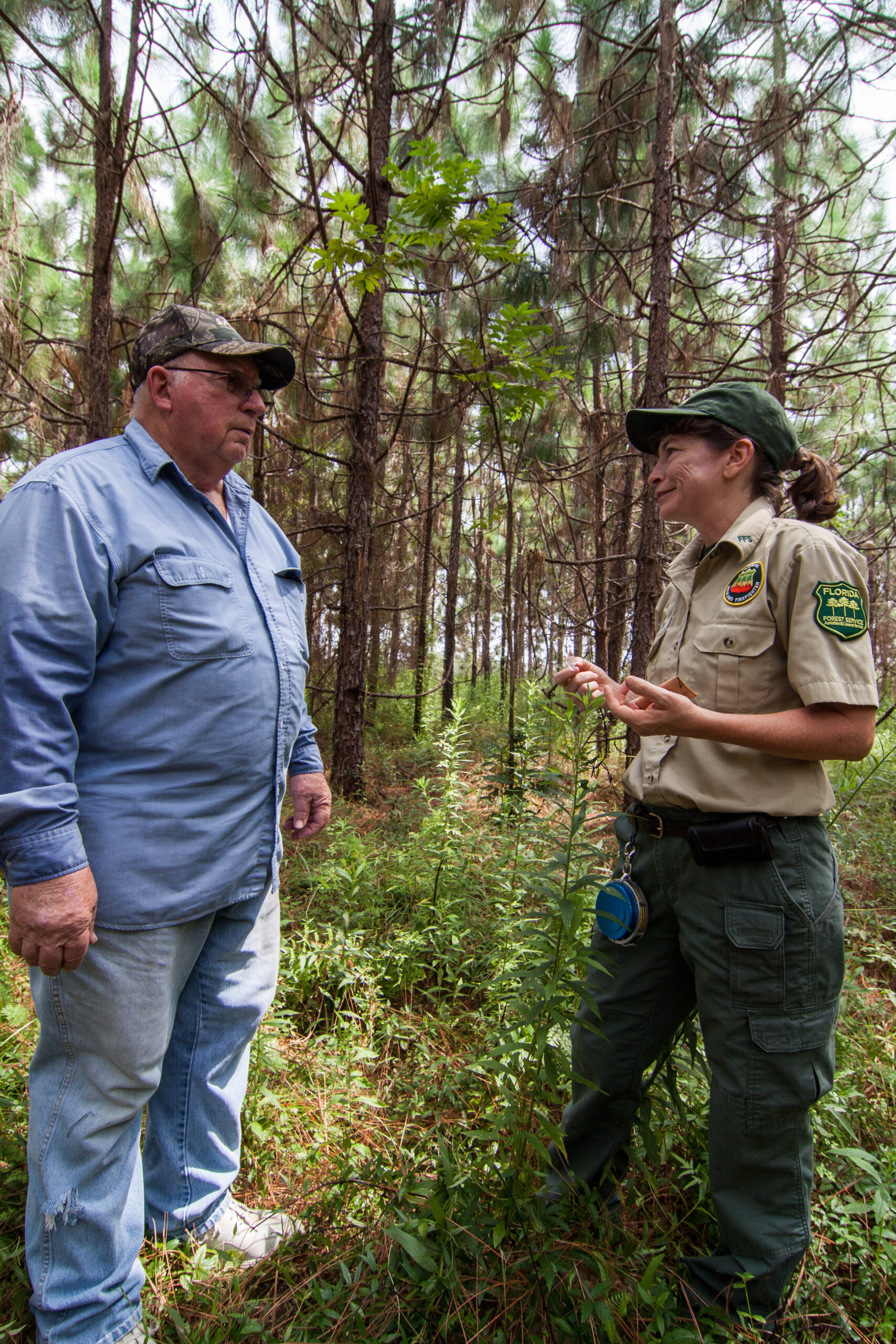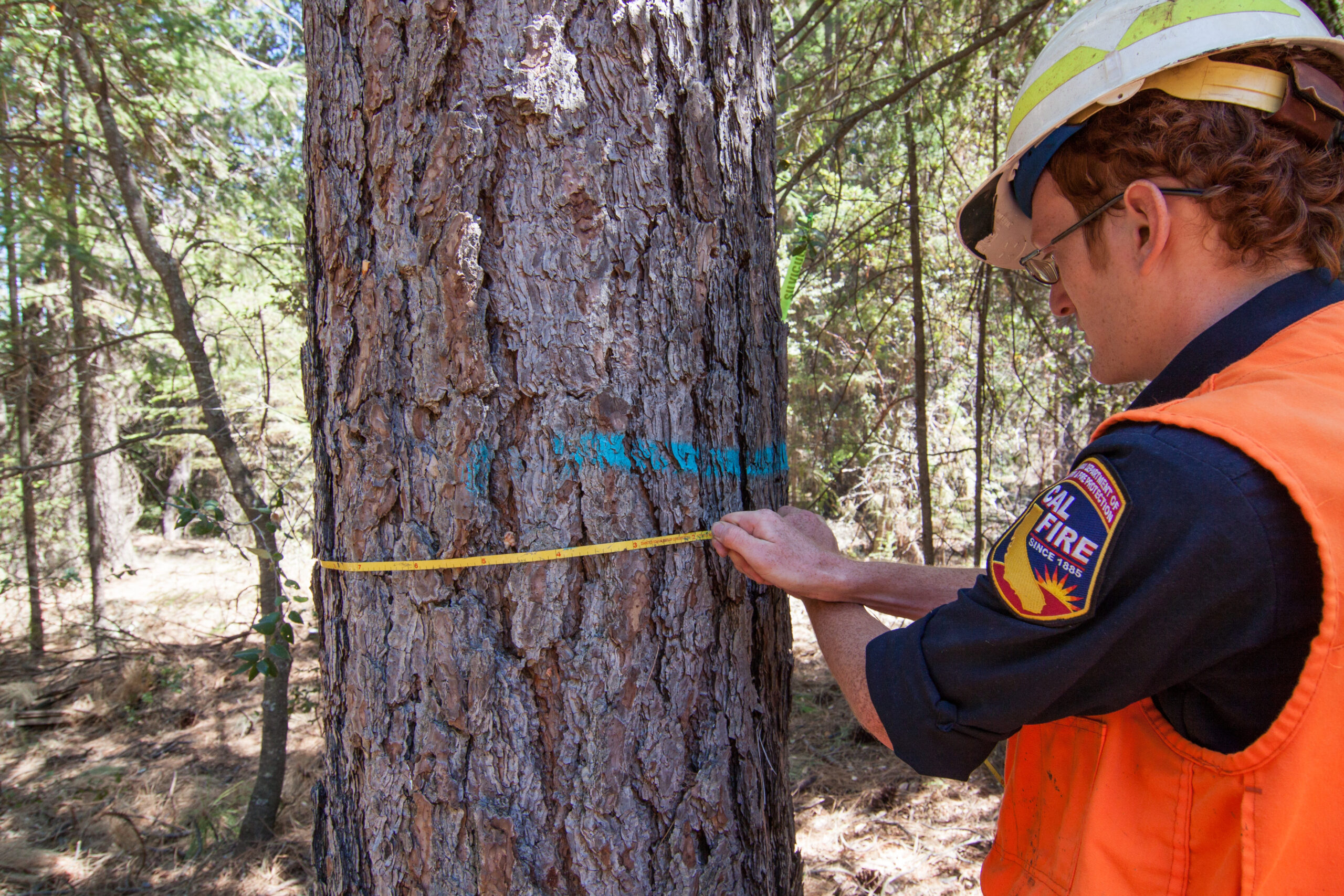By Marvin Brown | This blog is a cross-post and will appear in the Summer 2021 edition of the National Woodlands Magazine.
Landowner assistance programs are a core function of state forestry agencies. States combine their own funds with support from the USDA Forest Service Stewardship Program to provide landowners with information, education, and plans for managing their woodlands. Often their work qualifies landowners for financial assistance through federal programs like the USDA Natural Resources Conservation Service (NRCS) Environmental Quality Incentives Program (EQIP). Depending on the state, other cost-share opportunities or even property tax abatements may be available.

The relationships that state foresters build with forest landowners serve as gateways for families and individuals to access a variety of programs and opportunities for improving their woodlands.
With technical and financial assistance, forest landowners are able to meet the goals they have for their woodlands. These goals are often diverse, and may include: enhancing wildlife habitat, providing recreational opportunities, harvesting forest products, and improving forest health for water quality. A key to ensuring long-term forest health, productivity, and resiliency is protecting private forested acreage from excessive wildfire damage. In addition to providing forestry assistance to landowners, state forestry agencies are responsible for wildfire protection on 1.5 billion acres, including 1.1 billion acres in state and private ownership.
Reducing wildfire fuels and risk on private lands is particularly important given the emergence — and promise — of carbon credit trading markets. More and more companies are purchasing carbon credits from woodland owners; but if a wildfire were to strike a private forest, all of the carbon it once stored could be released, rendering the carbon credits it had generated valueless.
Carbon credit purchasers should be afforded some level of assurance that their investment will not be lost in a wildfire. State forestry agencies can help provide that assurance by equipping landowners with the resources they need to boost a forest’s resilience to wildland fire.
The on-the-ground practices a forester recommends to reduce wildfire risk can vary depending on the forest type, site conditions, and the landowner’s objectives. Where a forest meets a lake, pond, or stream, for instance, high intensity fires can increase erosion and threaten water quality. A forester will take this increased risk into account and may suggest installing fuel breaks that can help stop a fire in its tracks. Similarly, intense fires could seriously degrade the lumber value of standing trees and cost a landowner timber sale revenue. In this case, a forester will ensure his or her management plan incorporates a prescription for fuels reduction.
Thinning a densely stocked stand of trees will reduce the amount of available fuel for a wildfire and lower the heat energy that a fire can produce. Once a stand is thinned to the desired level, carefully planned prescribed burns can prevent “ladder fuels” (understory vegetation that can give fires a pathway to tree crowns) from reestablishing. Typically, fires that stay on the forest floor do much less damage to a stand.

A forest management plan prepared by the local forester will describe fire risk reduction options, plus where and how often they need to be implemented. If buildings or other structures are part of a woodland owner’s parcel, plans can also outline how to create defensible space between trees and structures that wildland firefighters can utilize to suppress a fire. The plans can be as detailed or as simple as a landowner wants, but if cost-share assistance is involved, the specific program will have requirements as to the minimum amount of information needed to qualify.
Cost-share assistance is typically available for implementing any practice that would lower wildfire risk. EQIP, for instance, funds both thinning and prescribed burning. Programs also exist to develop “Firewise Community Plans” that outline what is needed to protect subdivisions and neighborhoods located within the wildland-urban interface (WUI). WUI communities and individual residents can also apply for other grants to implement protective measures.
All of this important work starts with the contacts made and relationships built through a state’s forest landowner assistance program.
To learn more your state’s forest stewardship program, go direct to your state forestry agency’s website or visit www.stateforesters.org, then scroll to the map and click your state. Have questions for the author? Marvin Brown, staff member for the NASF Forest Resources Management Committee, is available by email.

